SEO Basics for Beginners: What You Need to Know to Be Visible
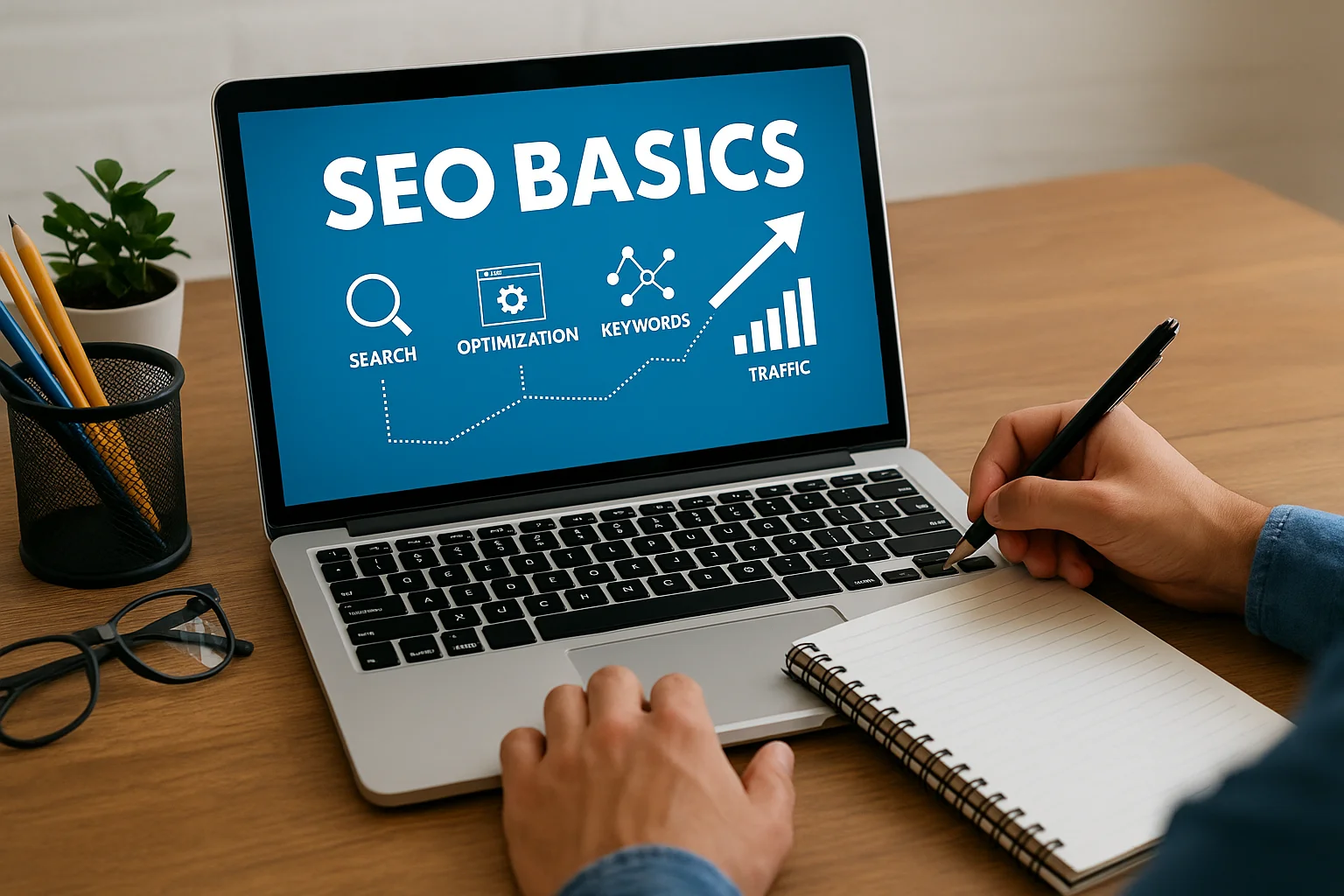
Why SEO Matters for Beginners
When you are just starting out online, whether with a blog, a small business website, or an e-commerce store, being visible on search engines can make the difference between reaching your audience or staying unnoticed. Most online experiences begin with a search, and if your website does not appear among the first results, potential visitors are likely to choose a competitor instead.
Search Engine Optimization (SEO) is not only about getting more traffic, but about attracting the right audience. By optimizing your content and website structure, you increase the chances of being discovered by people who are actively looking for what you offer. This means better leads, more engagement, and higher conversion rates.
For beginners, one of the main reasons SEO is crucial is that it provides a cost-effective strategy compared to paid advertising. While ads can bring immediate visibility, they stop working once the budget runs out. SEO, on the other hand, helps build long-term visibility and authority, allowing your site to rank organically and continuously attract visitors without additional spending.
Another important aspect is that SEO builds trust and credibility. Users generally trust websites that appear on the first page of search results more than those buried further down. By learning and applying SEO basics, you increase your chances of gaining that trust, which is essential for growing a new website or brand.
Finally, search engines aim to provide the best possible experience for users. By following SEO best practices, such as creating high-quality content and ensuring your site is user-friendly, you are not only improving your rankings but also delivering a better experience to your visitors. This dual benefit makes SEO an indispensable skill for beginners entering the online space.
Understanding How Search Engines Work
Before you can optimize your website effectively, it is important to understand the basic process of how search engines operate. Search engines such as Google, Bing, or Yahoo have the primary goal of delivering the most relevant and useful results to users based on the words or phrases they type in.
The first step in this process is called crawling. Search engines use automated programs, often referred to as bots or spiders, to scan the web and discover new or updated content. These crawlers navigate from page to page by following links, collecting data about each page they encounter.
Once a page is discovered, it moves to the stage known as indexing. In this step, the information from the page is analyzed and stored in a massive database. The index is like a giant library catalog where the search engine organizes and categorizes billions of web pages. Content that is not indexed will not appear in search results, which makes it essential for beginners to ensure their website is accessible to crawlers.
The final step is ranking. When a user performs a search, the engine evaluates all the indexed pages and decides which ones are the most relevant for that query. This decision is made using complex algorithms that take into account hundreds of factors, including keyword usage, website authority, mobile-friendliness, and the overall user experience.
Keywords: The Foundation of SEO
Keywords are the building blocks of SEO. They represent the exact words and phrases that users type into search engines when looking for information, products, or services. By understanding and targeting the right keywords, you can align your content with the needs and intentions of your audience, which increases the chances of your website being discovered.
There are different types of keywords that serve different purposes. Short-tail keywords are usually one to two words long and cover broad topics, such as "shoes" or "digital marketing." They often have high search volume but also high competition. On the other hand, long-tail keywords are longer phrases, usually three words or more, like "best running shoes for beginners." While they may attract fewer searches individually, they often have lower competition and bring in visitors with a clearer and more specific intent, which can lead to higher conversion rates.
When researching keywords, it is crucial to consider search intent. A keyword can be informational (the user is looking for knowledge), navigational (the user wants to find a specific website), or transactional (the user is ready to make a purchase). Recognizing the intent behind a keyword allows you to create content that matches what users truly expect, improving both relevance and engagement.
To find the right keywords, beginners can use tools such as Google Keyword Planner, Ubersuggest, or free features in Google Search Console. These tools provide valuable insights into search volume, competition level, and related keyword ideas. Choosing a balanced mix of competitive and niche keywords gives you a better chance to rank, especially if your website is new.
It is also important to remember that keywords should be integrated naturally into your content. Overusing them, a practice known as keyword stuffing, can harm your rankings and make your text less enjoyable for readers. Instead, focus on writing content that flows smoothly, where keywords appear in strategic places like titles, headings, meta descriptions, and naturally within the body of the text.
Finally, keyword strategy is not static. Search trends evolve, and the way people search changes over time. Regularly reviewing and updating your keyword list helps ensure your website continues to meet the expectations of users and stays competitive in search rankings.
On-Page SEO Essentials
On-page SEO refers to all the optimizations you can apply directly on your website to improve its visibility in search engines. Unlike technical or off-page factors, these elements are under your full control and play a major role in how search engines and users interpret your content.
One of the most important elements is the use of title tags and meta descriptions. The title tag tells search engines and users what a page is about and appears as the clickable headline in search results. A well-crafted title should include your target keyword and remain concise while attracting attention. The meta description, though not a direct ranking factor, provides a short summary of the page and influences the click-through rate by convincing users to choose your result over others.
The proper use of headings (H1, H2, H3...) is also essential. Headings structure your content, making it easier for both readers and search engines to understand the hierarchy of information. Your H1 should be unique and describe the main topic of the page, while subheadings can include related keywords and divide content into clear sections for readability.
Another crucial factor is content optimization. This includes naturally integrating keywords into your text, using synonyms and related terms, and ensuring the content is comprehensive enough to cover the topic in depth. High-quality content should be informative, easy to read, and aligned with the intent behind the keyword you are targeting. Avoid thin or duplicate content, as it can negatively affect rankings.
Internal linking is an often-overlooked but powerful aspect of on-page SEO. By linking relevant pages within your own website, you help search engines discover and index more content while guiding visitors to related information. This improves both user experience and the distribution of authority across your site.
Images also play a role in on-page SEO. Every image should include an alt attribute, which describes the content of the image for accessibility and helps search engines understand it. Additionally, optimizing image file sizes ensures faster page loading, which benefits both rankings and user satisfaction.
Finally, maintaining a clear URL structure improves navigation and indexing. URLs should be short, descriptive, and include relevant keywords without unnecessary characters. A well-structured URL not only helps search engines but also reassures users about the content they are about to access.
Technical SEO Basics
Technical SEO focuses on the behind-the-scenes elements of your website that help search engines crawl, index, and understand your content more efficiently. While these optimizations are less visible to visitors, they are essential to ensure that your site performs well in search rankings.
One of the first aspects to consider is website speed. Search engines prioritize fast-loading websites because they provide a better user experience. Slow websites not only frustrate visitors but can also lead to higher bounce rates. Optimizing speed can involve compressing images, using efficient hosting, minimizing unnecessary code, and enabling caching techniques.
Another critical factor is mobile-friendliness. With the majority of searches now taking place on smartphones, search engines have adopted a mobile-first indexing approach, meaning they primarily evaluate the mobile version of your site. A responsive design that adapts seamlessly to different screen sizes ensures your content remains accessible and easy to use across all devices.
Technical SEO also involves ensuring your website is secure. Sites using HTTPS encryption are favored by search engines and trusted more by users. Installing an SSL certificate is a straightforward step that protects data exchanged between your site and its visitors while signaling credibility.
Another important aspect is the creation of a clear site architecture. Search engines use links to crawl your site, so a well-organized structure helps them discover and index all your pages. Implementing an XML sitemap provides a roadmap for search engines, while a robots.txt file allows you to control which pages should or should not be crawled.
Canonical tags are another technical element that helps prevent issues with duplicate content. By specifying the preferred version of a page, you ensure that search engines understand which URL should be ranked, consolidating authority rather than splitting it across multiple versions of the same content.
Finally, technical SEO often includes optimizing for structured data. Adding schema markup to your pages provides additional context to search engines, helping them display rich results such as reviews, event dates, or product information directly in search listings. This not only improves visibility but also increases the likelihood of attracting clicks.
Ready to showcase your project?
Join thousands of developers and entrepreneurs who have already listed their websites in our directory. Get discovered by potential users and grow your audience.
Free to list • Instant approval • No hidden fees
Related articles

How to Optimize Your Project Pages for Faster Google Indexing
Boost your project pages’ visibility by speeding up Google indexing. Learn actionable strategies from URL optimization to structured data, internal linking, and content tips for faster search engine recognition.
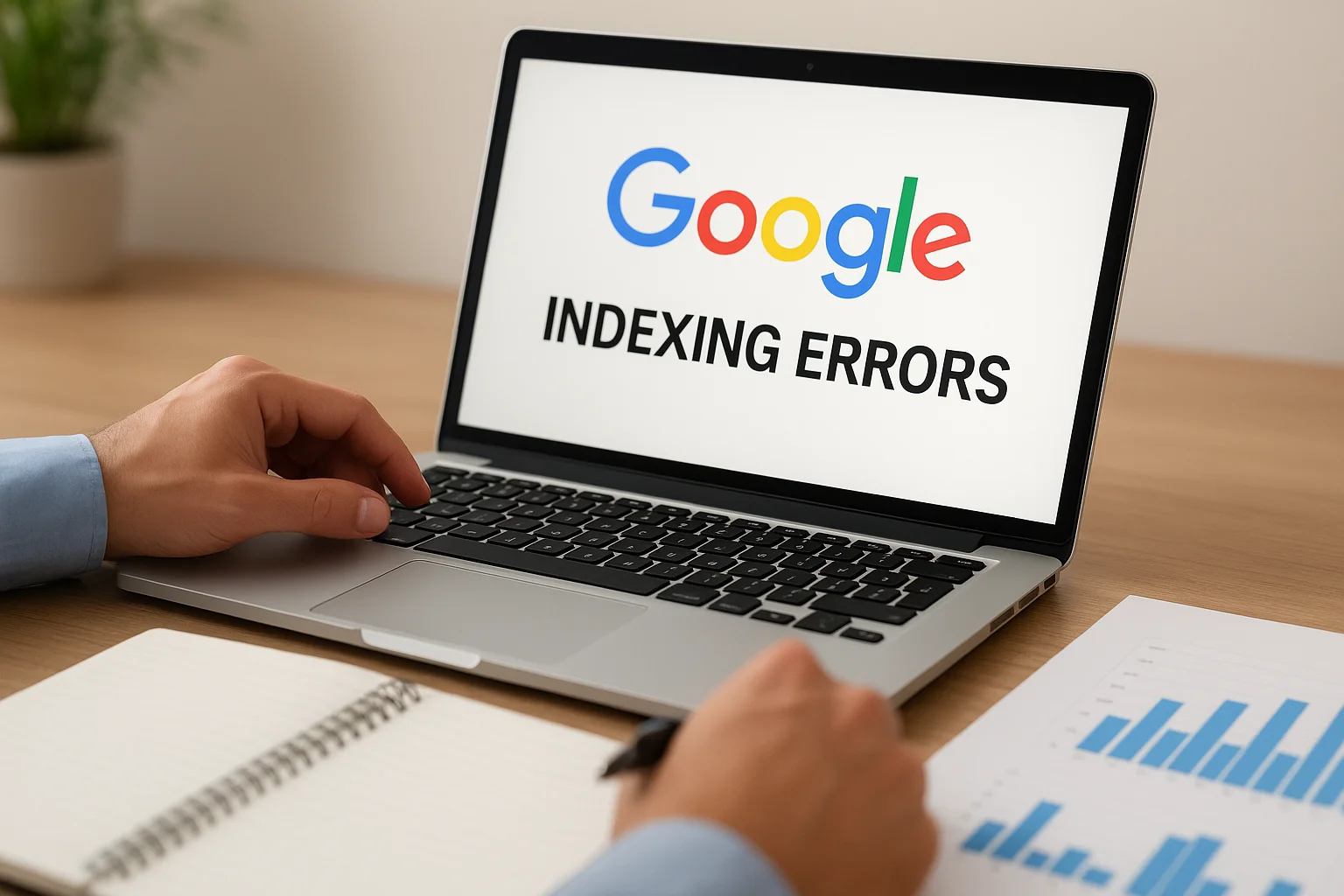
Quick Fixes for Google Indexing Errors
Struggling with Google indexing errors? This guide explores quick and practical fixes to help your pages appear in search results faster. Learn how to resolve common issues like “Crawled – Not Indexed,” blocked URLs, and duplicate content while ensuring your site remains fully optimized for long-term SEO success.

SEO Trends to Watch in 2025 for Startups
Discover the key SEO trends shaping 2025 and learn how startups can adapt to stay competitive. From AI-powered search and voice optimization to EEAT and zero-click results, this guide explores practical strategies to boost online visibility and long-term growth.

The Impact of Core Web Vitals on Rankings and Conversions
Core Web Vitals are key performance metrics that Google uses to measure user experience. They influence not only search engine rankings but also how visitors interact with your website. A fast, stable, and responsive site improves visibility, boosts engagement, and increases conversions. Understanding and optimizing these metrics is essential for businesses looking to grow online.
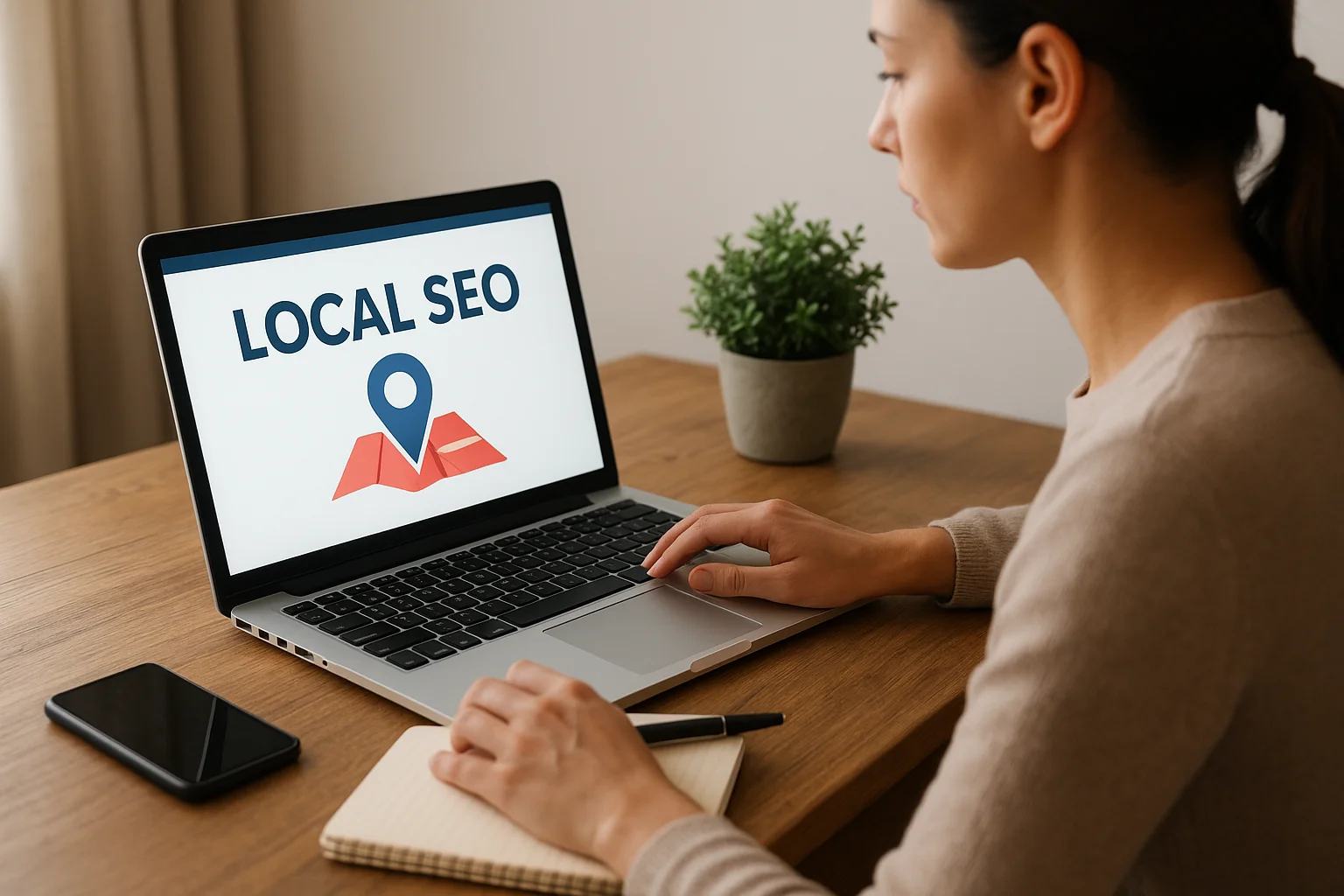
Local SEO for Small Projects: A Practical Guide
Local SEO is essential for small projects aiming to attract nearby customers. This guide covers practical strategies—from Google Business optimization and keyword research to managing reviews and local links—to help your business get noticed locally and grow effectively.
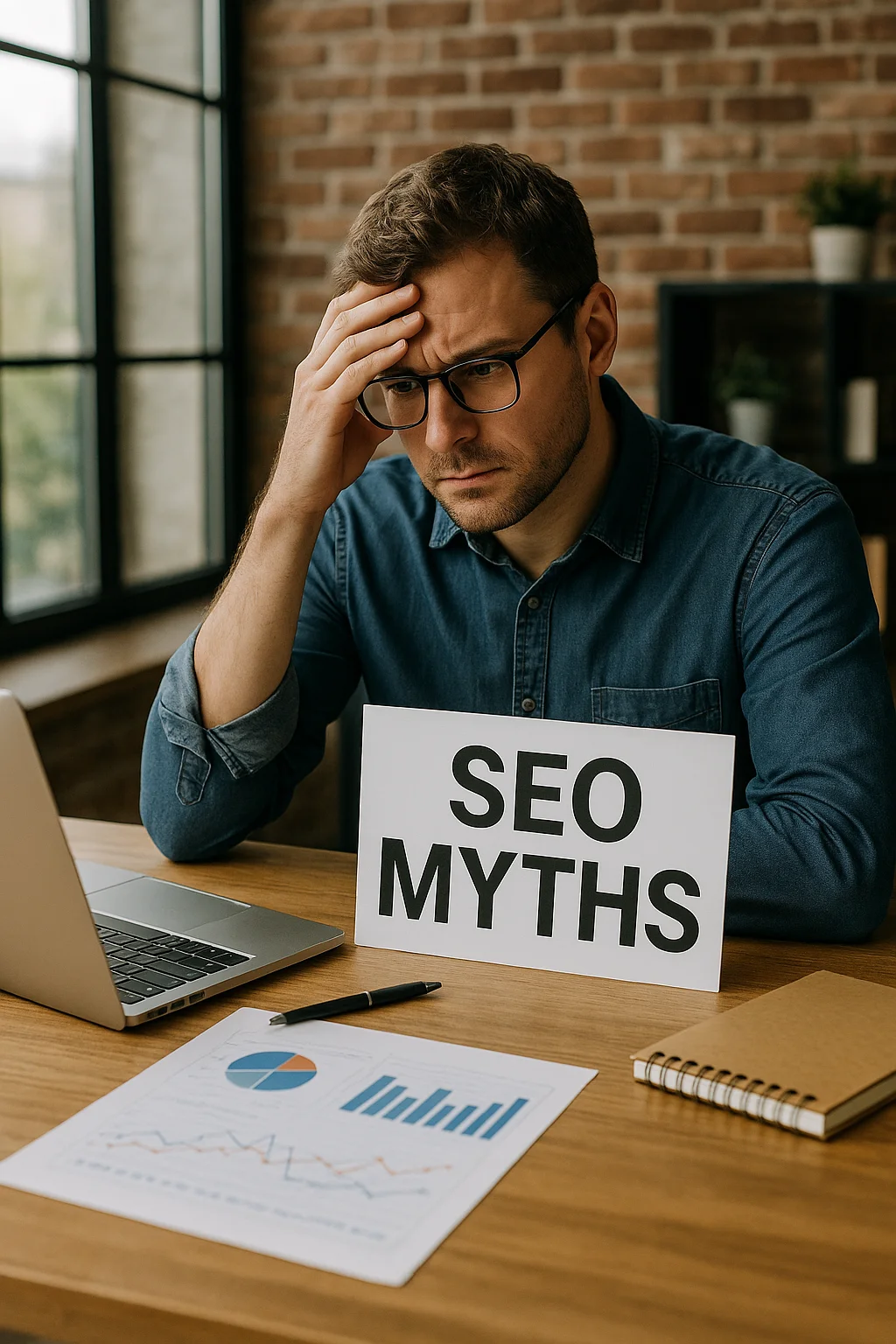
SEO Myths That Are Holding Back Your Project
Many businesses waste time on outdated SEO advice. From overvaluing keywords to chasing low-quality links, myths can stall your growth. This post debunks common SEO misconceptions and shows what strategies truly drive results.
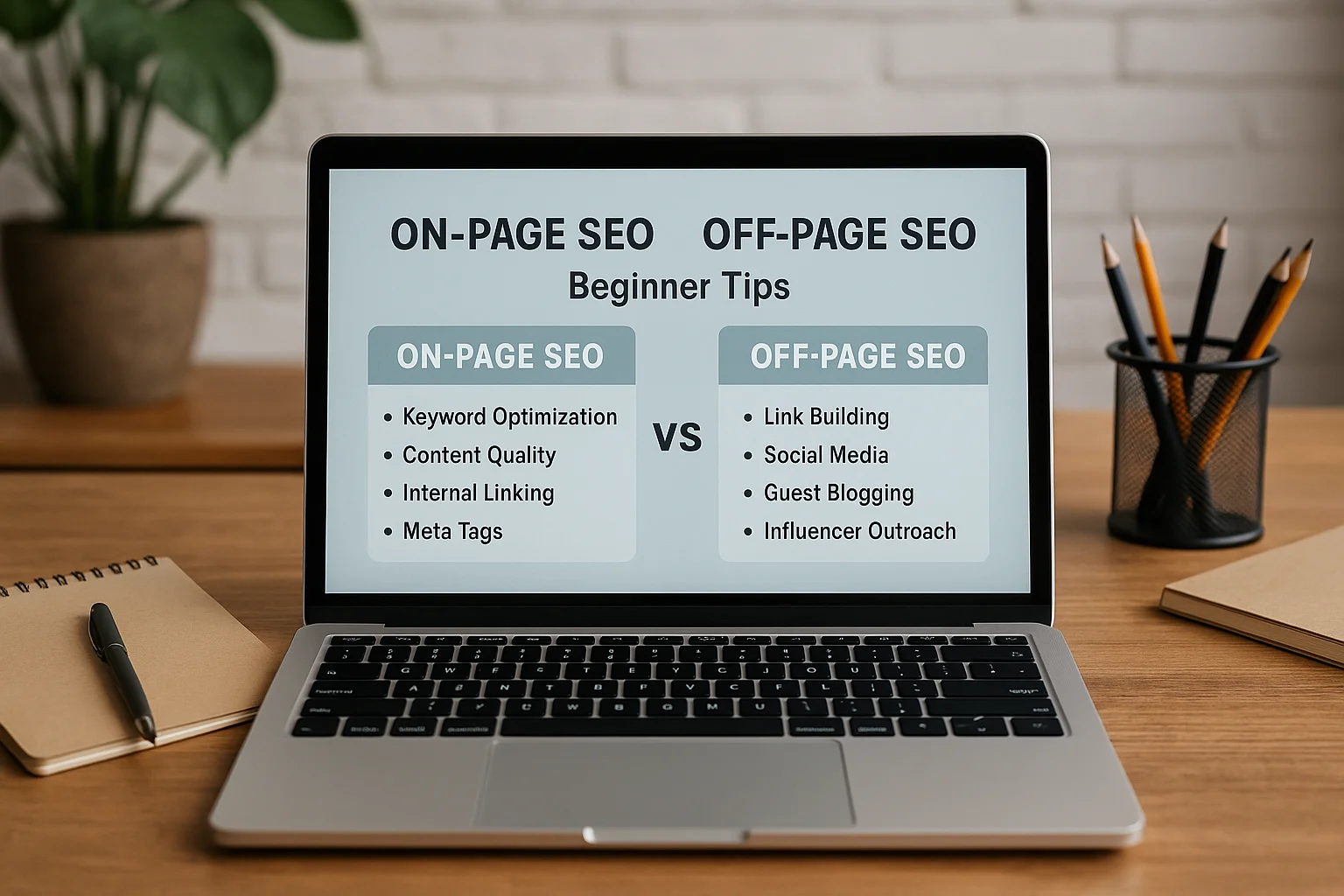
On-Page vs Off-Page SEO: A Beginner’s Guide
SEO can be confusing for beginners, but understanding the difference between On-Page and Off-Page SEO is essential. On-Page SEO focuses on optimizing your website’s content and structure, while Off-Page SEO builds authority through backlinks and online presence. This guide breaks down the basics to help you start improving your site’s search rankings today.

The Importance of Site Speed for SEO and User Experience
Site speed is a critical factor for both search engine rankings and user experience. Slow-loading pages frustrate visitors, increase bounce rates, and hurt conversions. This article explores why speed matters, how it affects SEO, and practical tips to make your website faster.
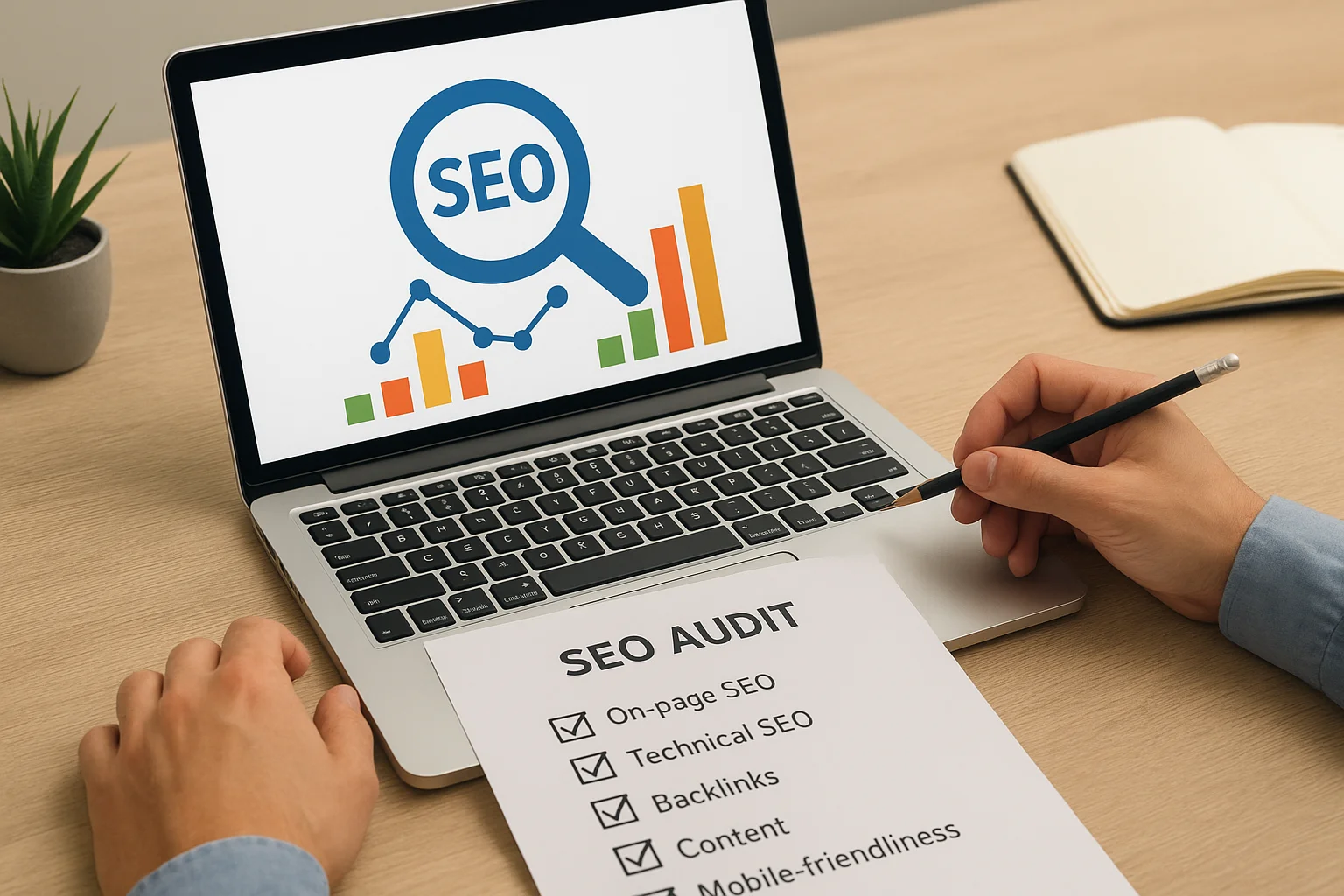
How to Perform a Simple SEO Audit for Your Website
Conducting an SEO audit doesn’t need to be complex. With a few simple steps, you can evaluate your site’s performance, uncover technical issues, optimize on-page elements, and strengthen your SEO strategy. This guide will walk you through the essential checks to ensure your website is both search engine and user-friendly.